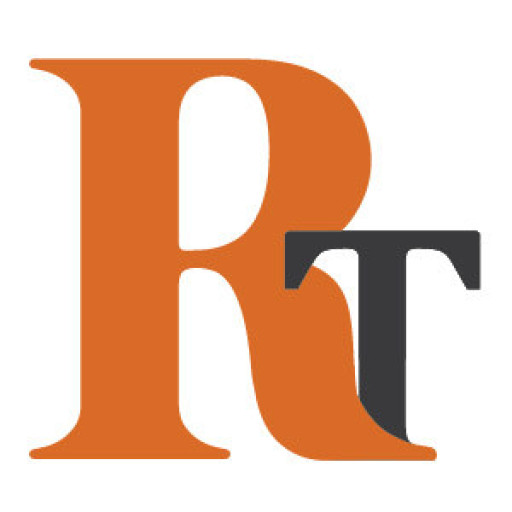Employee attitude is the deciding factor of reputation of any organisation. Attitudes across organisations determine how much people listen to the messages sent in their direction. A regular dip stick survey would indicate whether they are really listening or appear to be listening but losing the main gist of the message sent. It may be a good idea to send important messages in writing in form of circulars, notices, memos or even e-mails or SMS messages.
Organisations are beginning to recognise the links between the satisfaction of their employees and resulting productivity. In an evolving organisation, Reputation also evolves over a period of time and is not built overnight. A frank and open communication helps in this process by generating confidence of employees in the Top management, thus, creating a win-win situation in the organisation.
There are three dimensions to resolving communication issues in organisations. These are Direction, Focus and Style. Top-down communications are better received when their point of origin is closer to the person receiving them. Same is true for bottom-up communication. If the chain is too long the message is likely to get distorted causing misunderstandings and loss of reputation of the organisation. The credibility of the message depends on how much the department from which it came is respected. It is their reputation of presenting facts in a clear manner or they believe in biased opinions. Finally, the communication style plays a major role in any organisation. These styles are instructional, informative, consultative, involving and participative.
Some CEOs believe in instructional communication of getting work done. Their decision making is authoritative and unidirectional. They do not encourage any dissent and discussions and expect one and all to just follow the instructions. Employees in such organisations are generally dissatisfied and the organisation has a poor reputation in the outside marketplace.
Informative communication gives the background behind each decision. It may be instructional but takes everyone along by giving them the reason to decide in that manner. Employees in such organisations are mostly satisfied and the reputation of these organisations is also good.
Consultative style is an apt style to develop an evolving organisation with proper leadership pipeline. In such an organisation, employees are happy as they know of their growth opportunities. Top management is genuine in taking along managers and supervisors and also the workers in the decision making process through proper communication grid. Involving communication style is mutual in nature where each employee considers it to be their responsibility to communicate for the good of the organisation. Top management encourages it and rewards it with appreciation and at times with rewards.
Participative style is a proper process driven style in which regular meetings are planned and minutes are recorded and shared. All are encouraged to speak and give their views. Idea is to arrive at consensus to be implemented without any delays. It has been found to be the most productive and liked style. It also raises the reputation of the organisation as a well-oiled and efficient organisation.
In the end of this piece we need to look at the Human Dimension in any organisation as a prelude to its Reputation building process. Everyone in the organisation hierarchy needs to recognise the role they have to play in making internal communication work. You can make one relationship between internal communication and sales overt by linking it to the system of bonus payments. A mission statement should articulate the core philosophy on which everything else is built. Communication action plans can provide a bottom up planning process which everyone is engaged in and feels responsible for. Communication is the binding force that allows all the energies and skills in an organisation to be brought together into a harmonious whole and to create an allegiance to the centre.
The most successful top managers manage the strategic direction of their organisation in a constantly questioning fashion. The design of effective distribution and delivery systems is just as important as the communication media themselves. The management of difference requires the creation of a senior management team, establishment of a core set of values and development of guidelines rather than rules. Competitive tensions from different sub-cultures can be channelled into a force of positive and constructive energy.
Guidelines enable employees to accept, understand and work towards common goals. Too many rules can throttle and demotivate employees, and hence, can be avoided. A set of positive guidelines, that too evolved by employees themselves, is a very good solution. One of my Mentors said to me “Rules are meant to be broken to create new rules which take us forward”. So true.
Reputation very clearly evolves slowly and steadily with the help of employees and their involvement in decision making process. If the employees are happy the organisation is happy and if the organisation is happy prosperity is bound to come and so would be Good Reputation.






Be the first to comment on "Reputation Evolves"